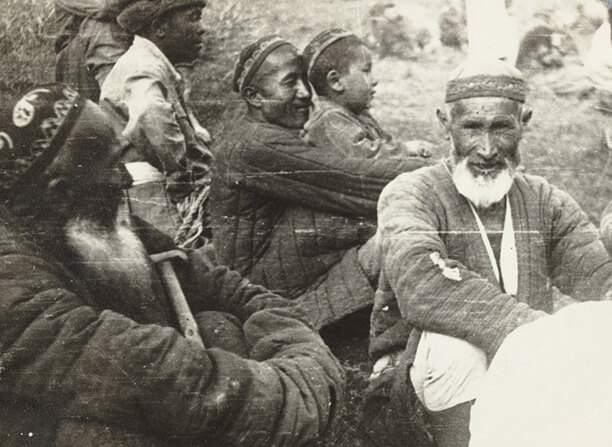
Polish cemeteries in Uzbekistan
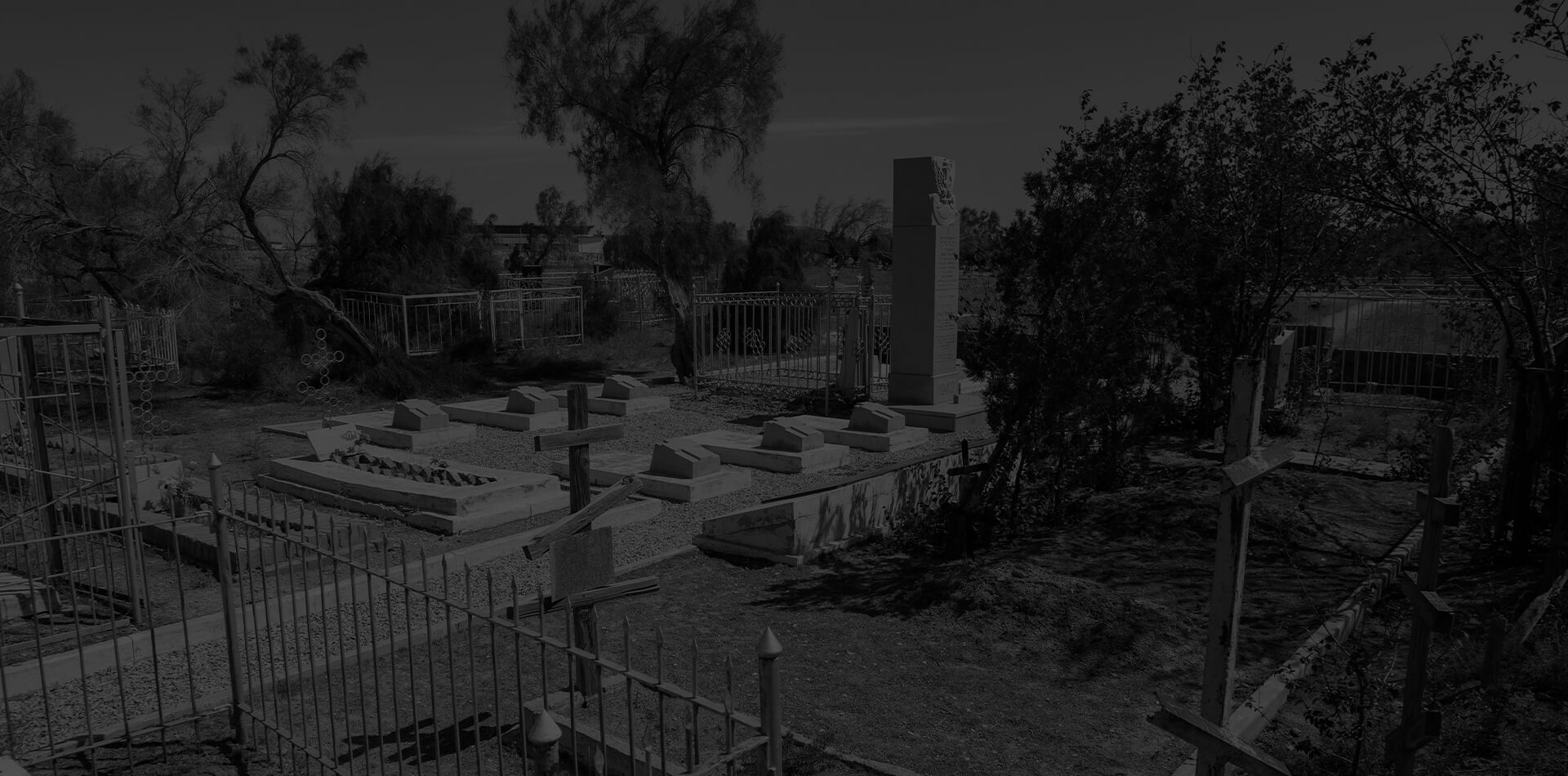

The exile is usually associated with cold lands of Siberia and Kazakhstan. This is where Poles deported by Soviet authorities from eastern territories of the Second Polish Republic in 1940-1941 ended up. How did so many Polish citizens come to be in Uzbekistan during the Second World War? What is the reason for such a high number of Polish cemeteries scattered across the territory of this former Soviet republic? We encourage you to discover the project by the Sybir Memorial Museum, the Museum of the Second World War in Gdańsk, and the Embassy of the Republic of Poland in Tashkent titled “Polish cemeteries in Uzbekistan”.
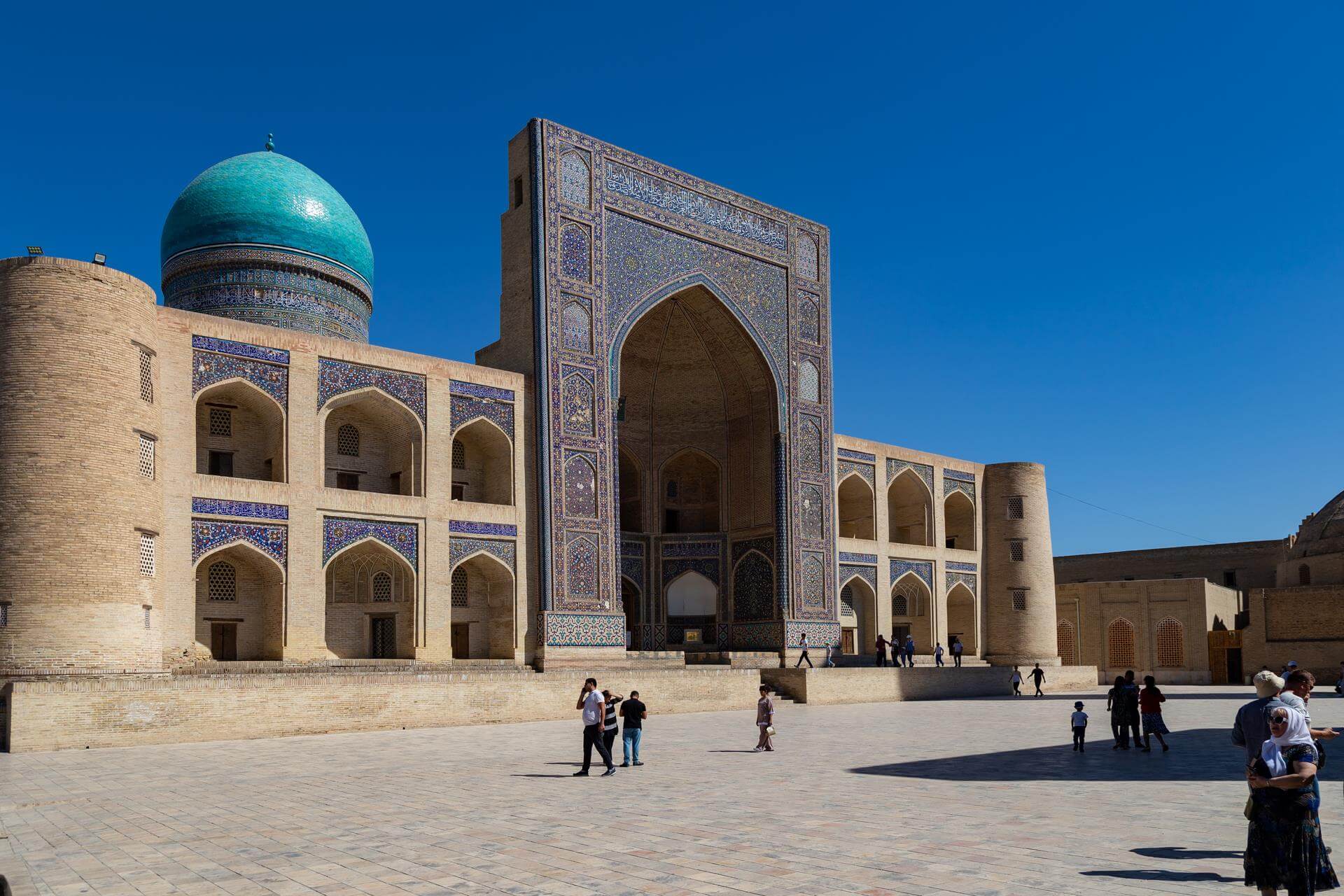
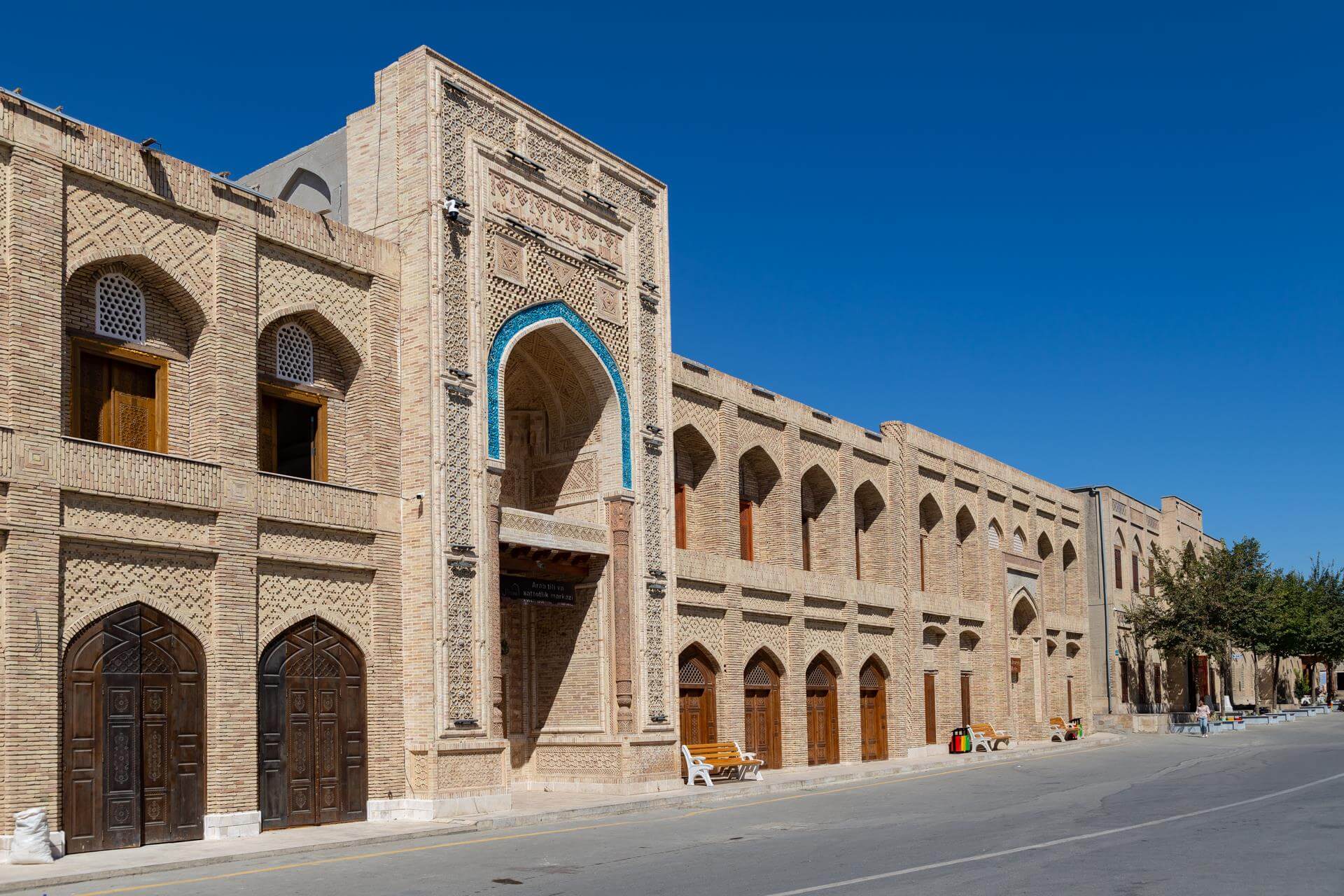

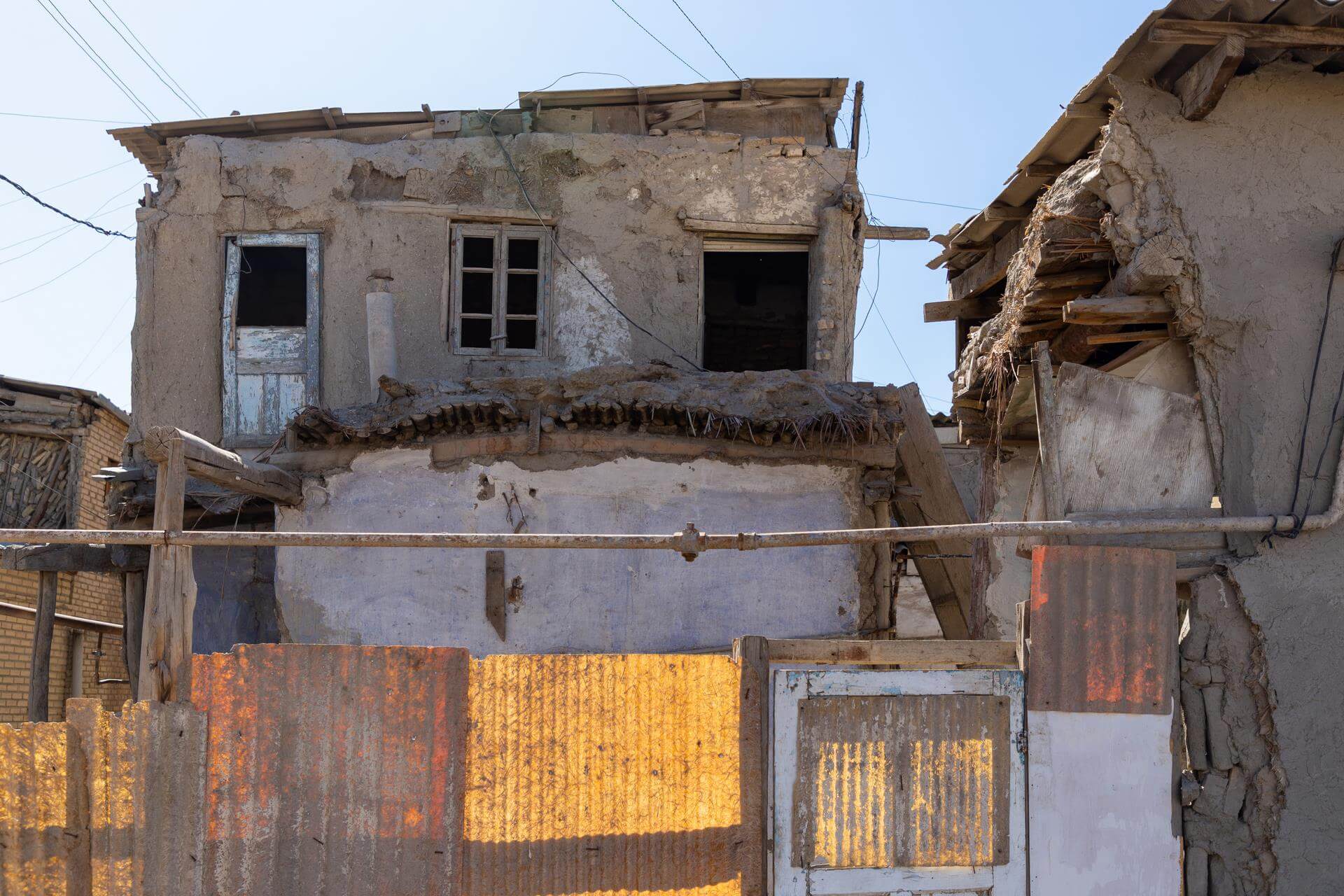
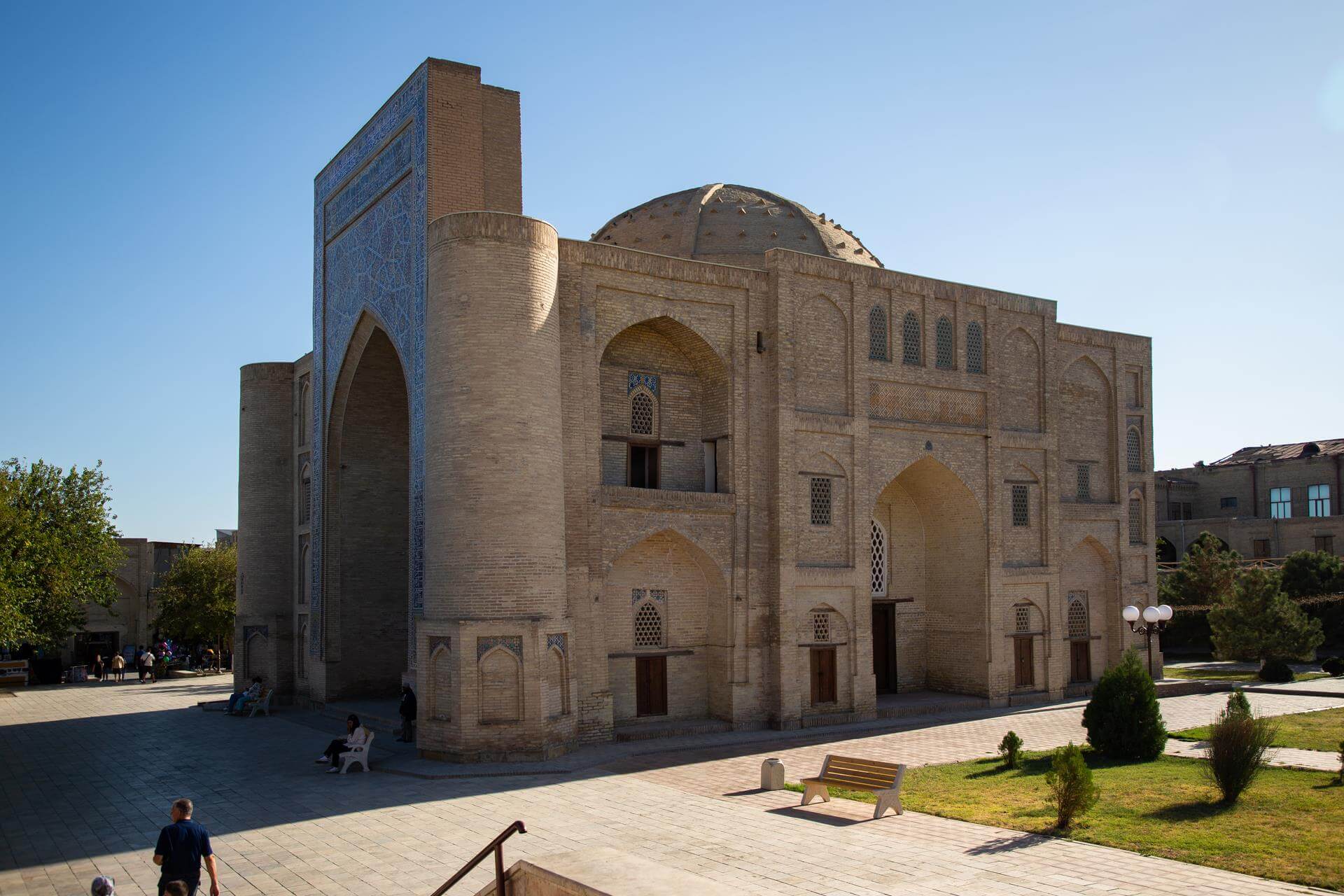
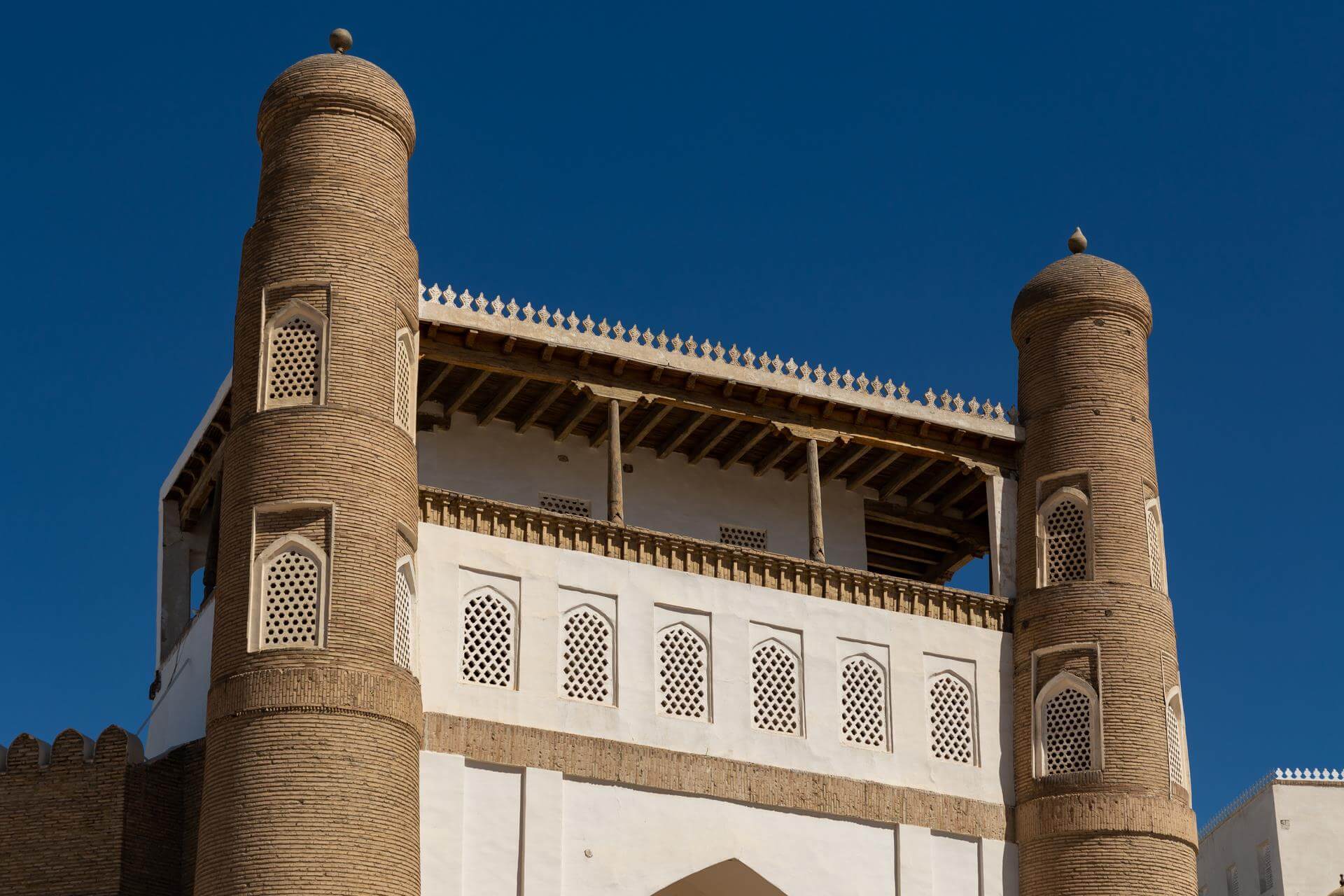
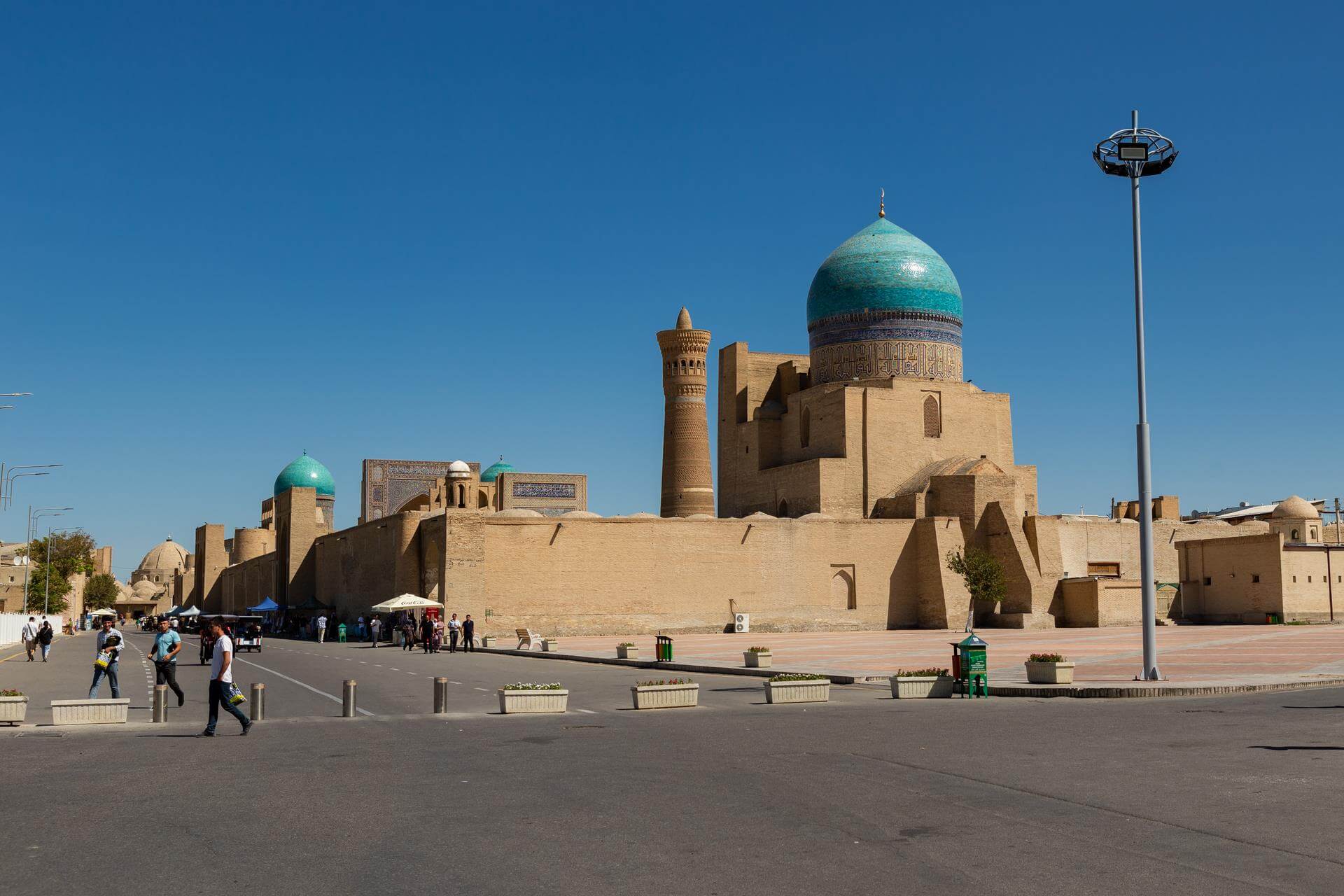



One of the infantry regiments was stationed four kilometres north of Shachrisabs, by the Kitab train station. The regiment was stationed in the Kitab garrison, 10 kilometres away from the actual Uzbek town of Kitab. Several dozens of huts as well as “vinzavod” buildings are asymmetrically scattered alongside the Shachrisabs-Samarkanda road, by the Kitab train station. The entire regiment was stationed in tents, with the exception of the regiments’ command and the infirmary, who were placed in buildings. The lack of shade made life a misery. Some relief during the hot days, however, was brought by relatively abundant ariki. In the Russian field hospital, placed nearby the Kashka-daria river flowing by Kitab, there was a certain number of beds available for both soldiers of our division, and the Guzar Army Reserve Centre. The staff was entirely Russian. The Kitab garrison was the nearest garrison of the division. The towns of Shachrisabs and Kitab were connected by a road and a telephone line. The Kitab train station was the final station of the railway branch separating from the Tashkent-Ashgabat-Krasnovodzk main line. The station supplied Shachrisabs and
Kitab garrisons. A school was placed few kilometres to the north-west.

„Kitab was the final station of the railway branch separating from the Tashkent-Ashgabat- Krasnovodzk main line. The nearest Shachrisabs garrison was located just few kilomentres away. The 16th infantry regiment stayed in tents by the Kashka-daria river, around 10 kilometres away from the town of Kitab. Only the regiment’s command and the infirmary were placed in wooden buildings of “vinzavod”, a winery. Trees and shade were scarce, tents were set up in scorching heat, and the proximity of the river as well as abundant “ariki” (irrigation ditches) soon proved to be the garrison’s curse and a breeding ground for malaric anopheles.

„Jakobak was another train station, on the same railway line as the previous one [Tashkent- Ashgabat-Krasnovodsk - D.P.], situated 20 kilometres away from Shachrisabs. This time around, the location was a bare steppe, without a single tree or a bush, completely void of water. A desert. In order to drink, cook or shower, one had to bring water with the help of mules from an oasis located few kilometres away. That’s why dirty, old Soviet tents were pitched there. People dag themselves under parched ground to feel even a sliver of cold.”

„Chirakchi - that was the name of a small Uzbek town located 15 kilometres beyond Jakobiak, around which tents were pitched. Kashka-daria, same river as by Kitab, flowed around tents. Once again, there were arikis, shade, and greenery. Chirakchi, full of folklore, gave troops at least some entertainment, which Jakobak clearly lacked. At least one could observe commotion on a local market during a busy day, when the poor came down on “ishaks” with melons, watermelons, nuts, and grapes. At times, they also brought woven fabrics of silk in beautiful pastel colours, or veils, bracelets, earrings, and other goods. In the evening, one could listen to Uzbek music played on pipes. Apparently it was full of different melodies, though to a European ear it seemed uniform, vaguely resembling prayers”
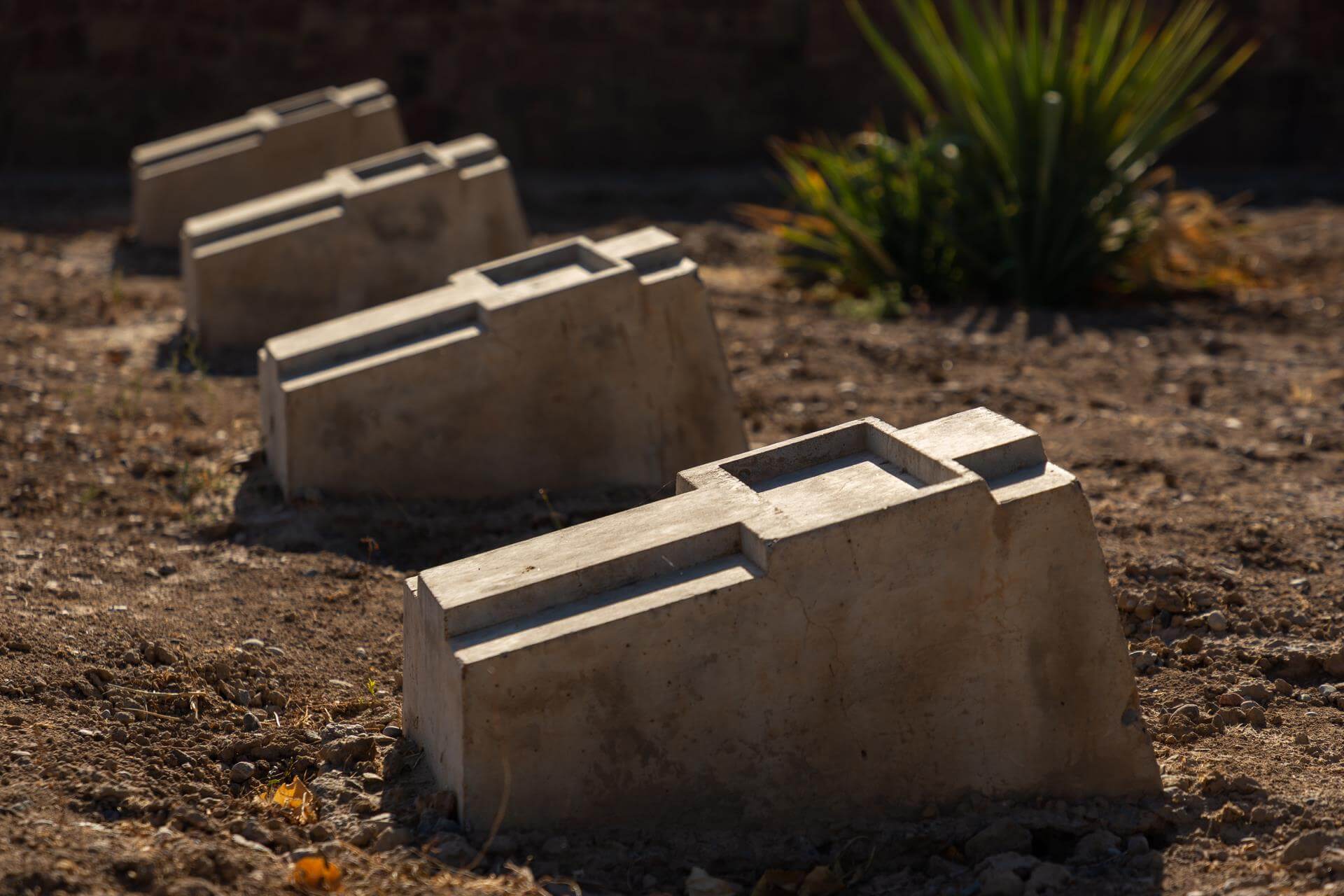


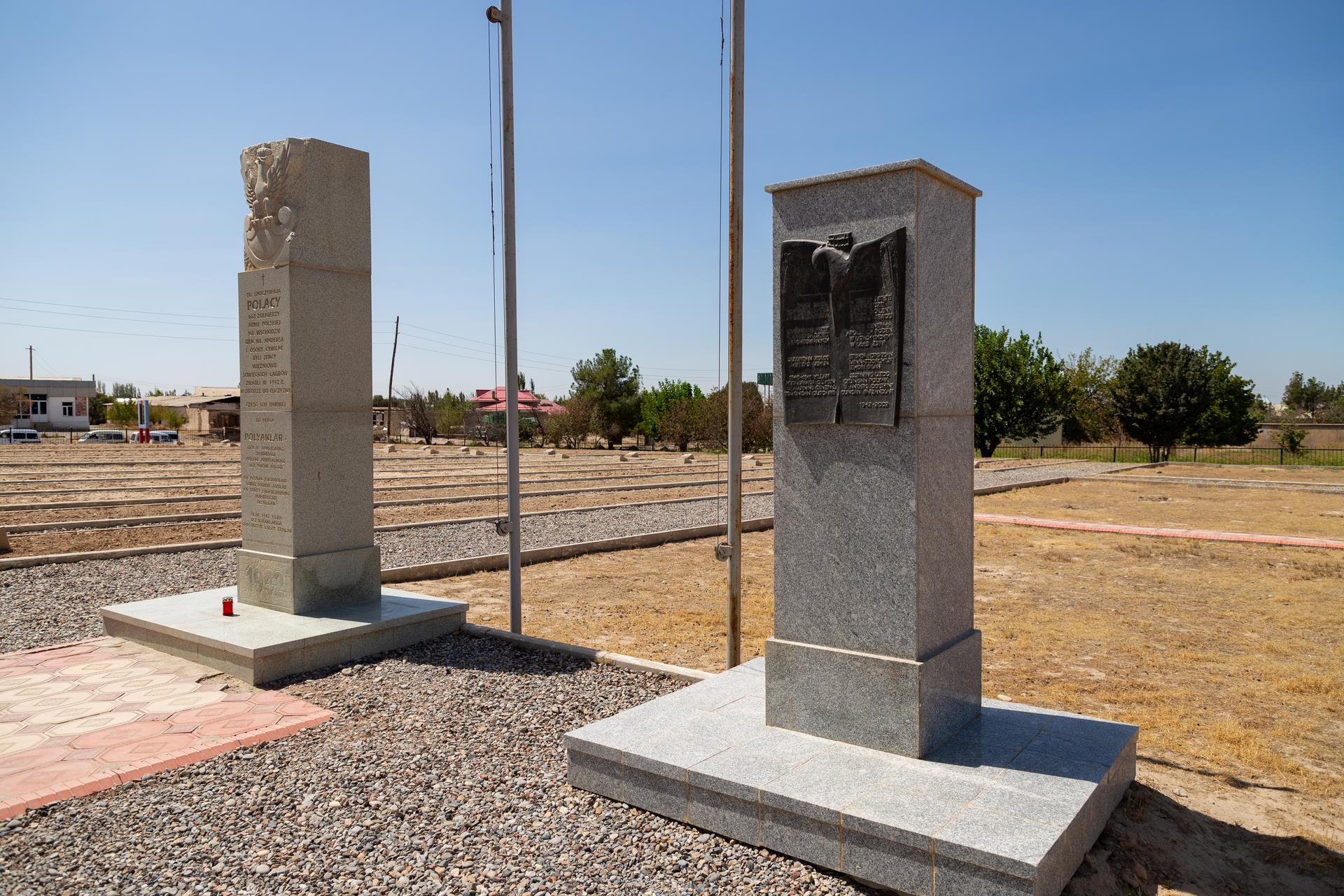
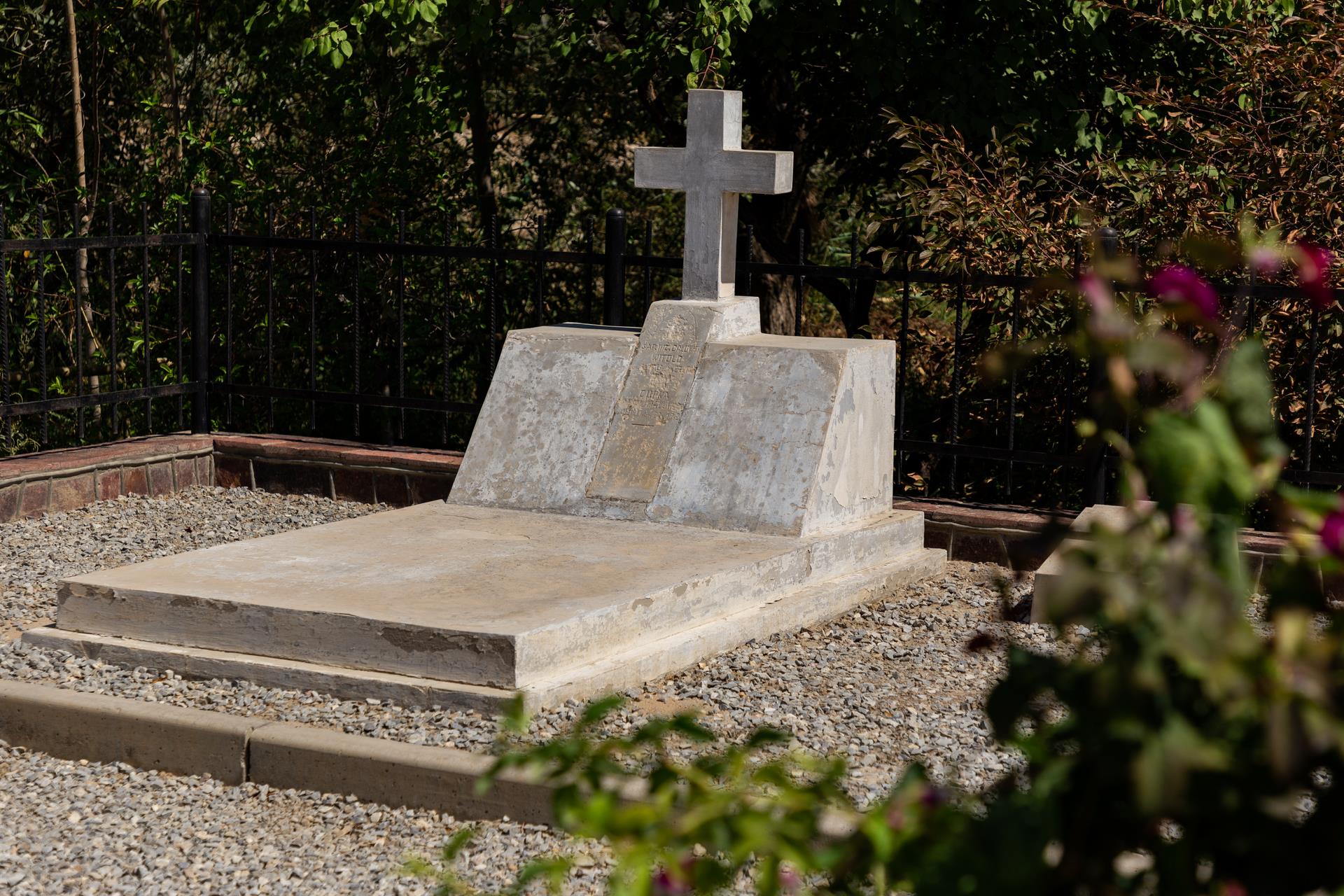
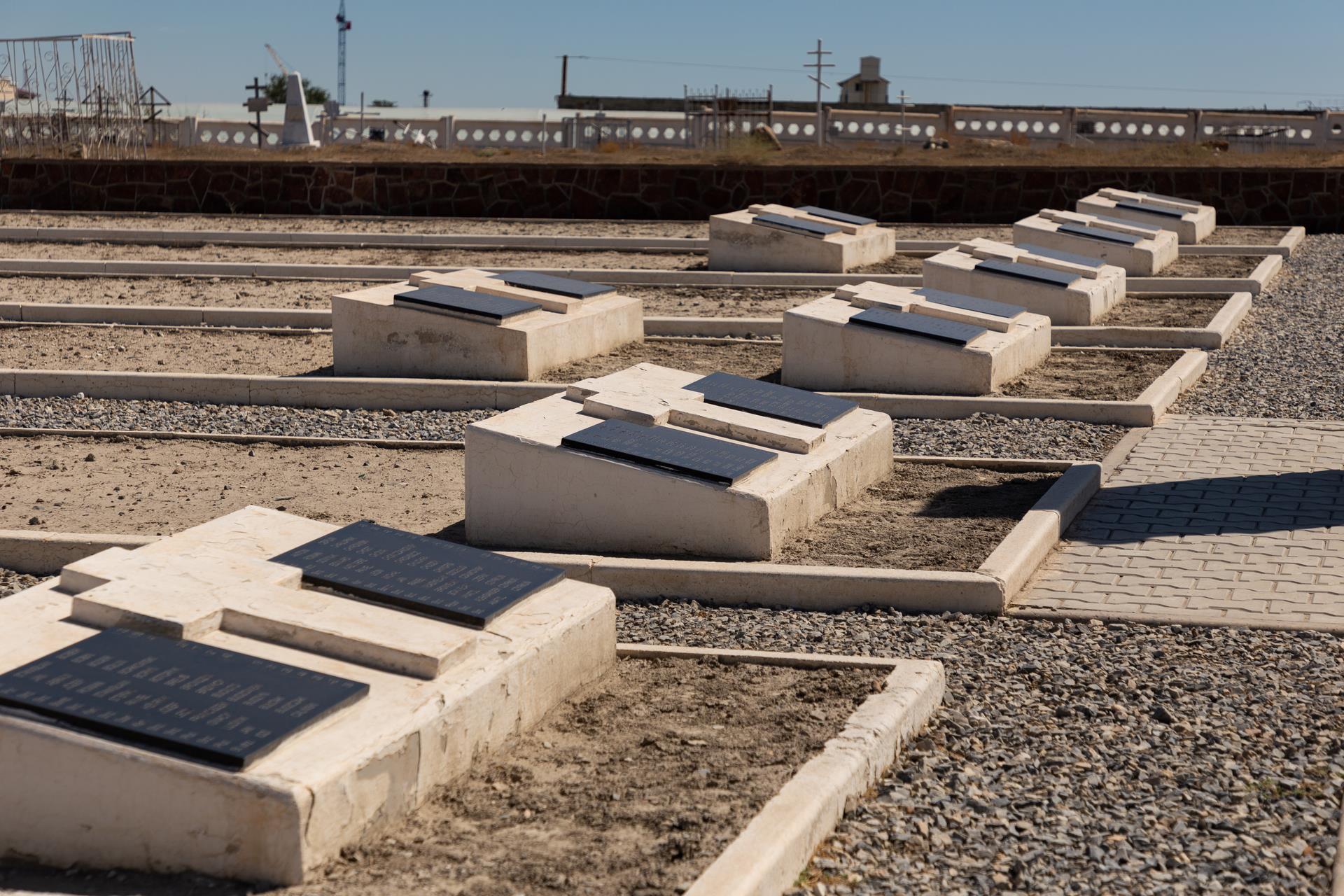
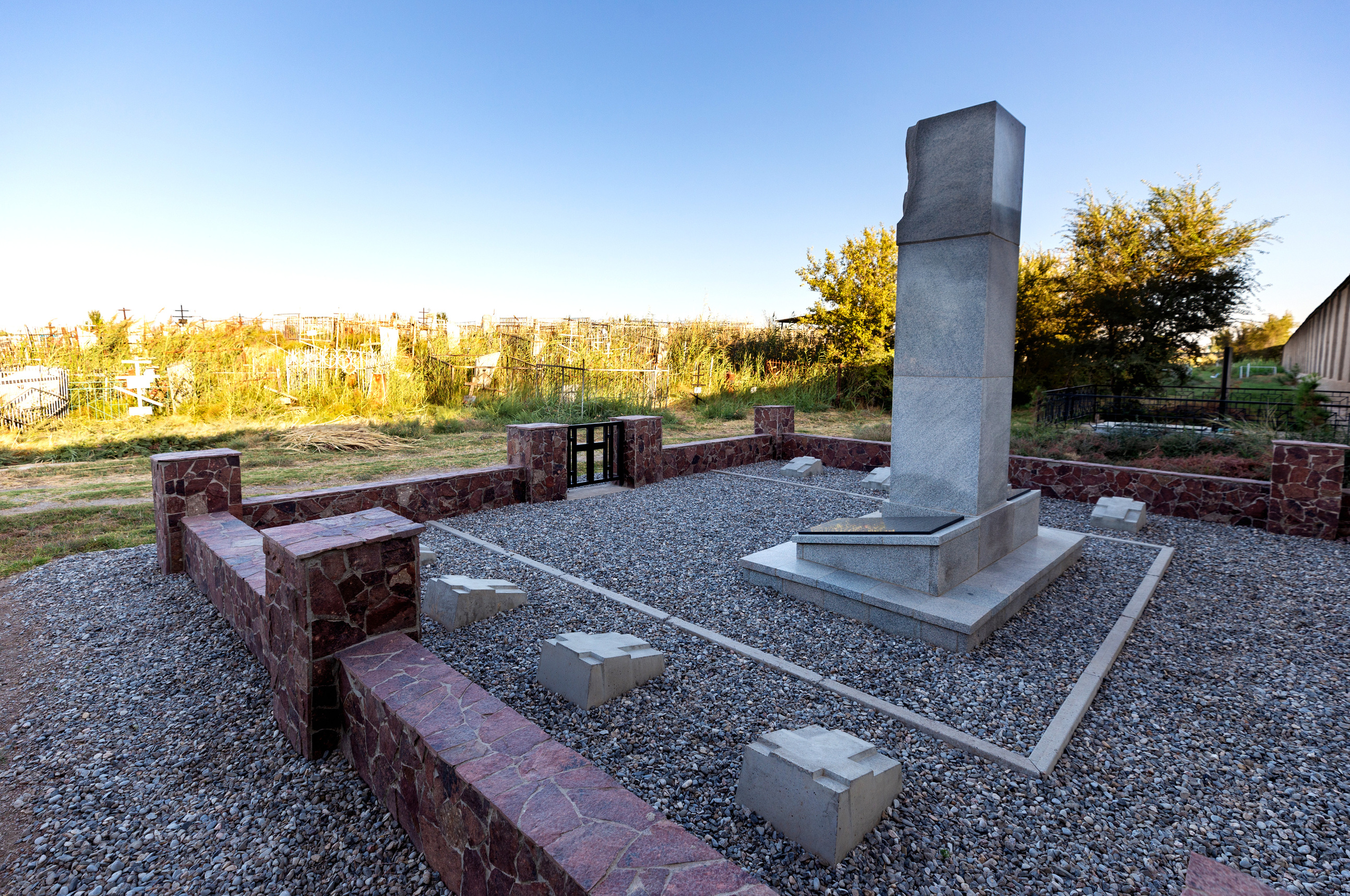
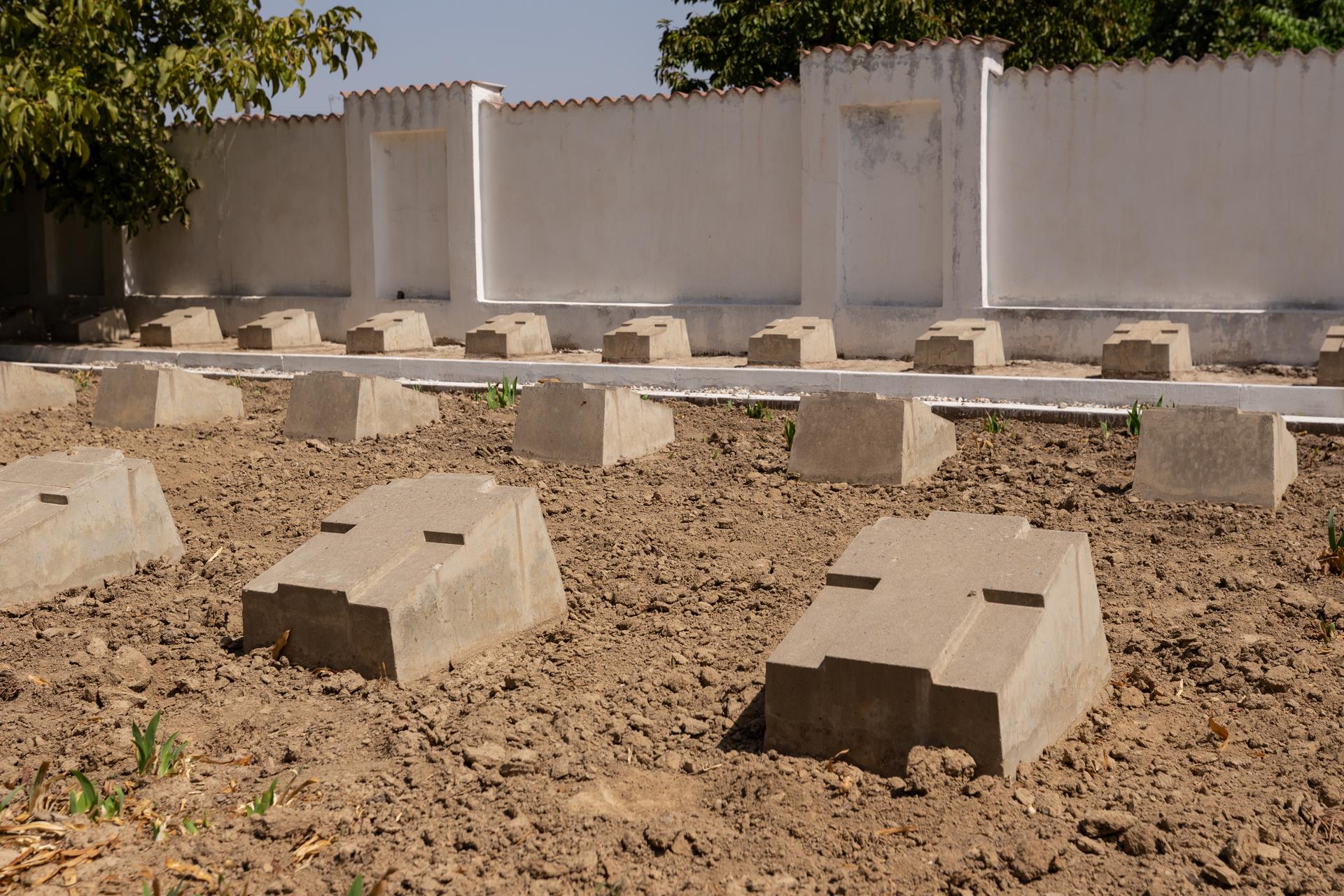



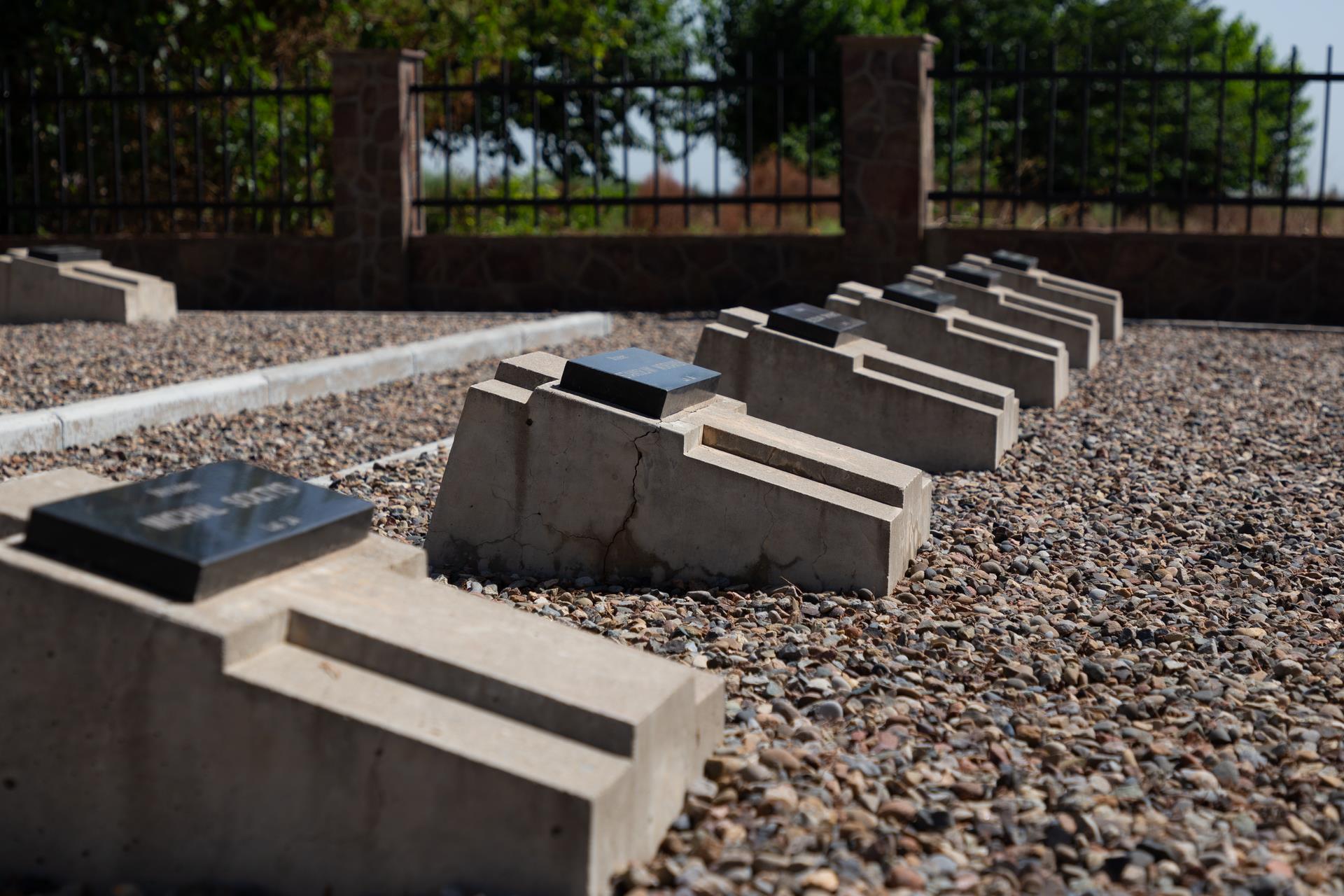
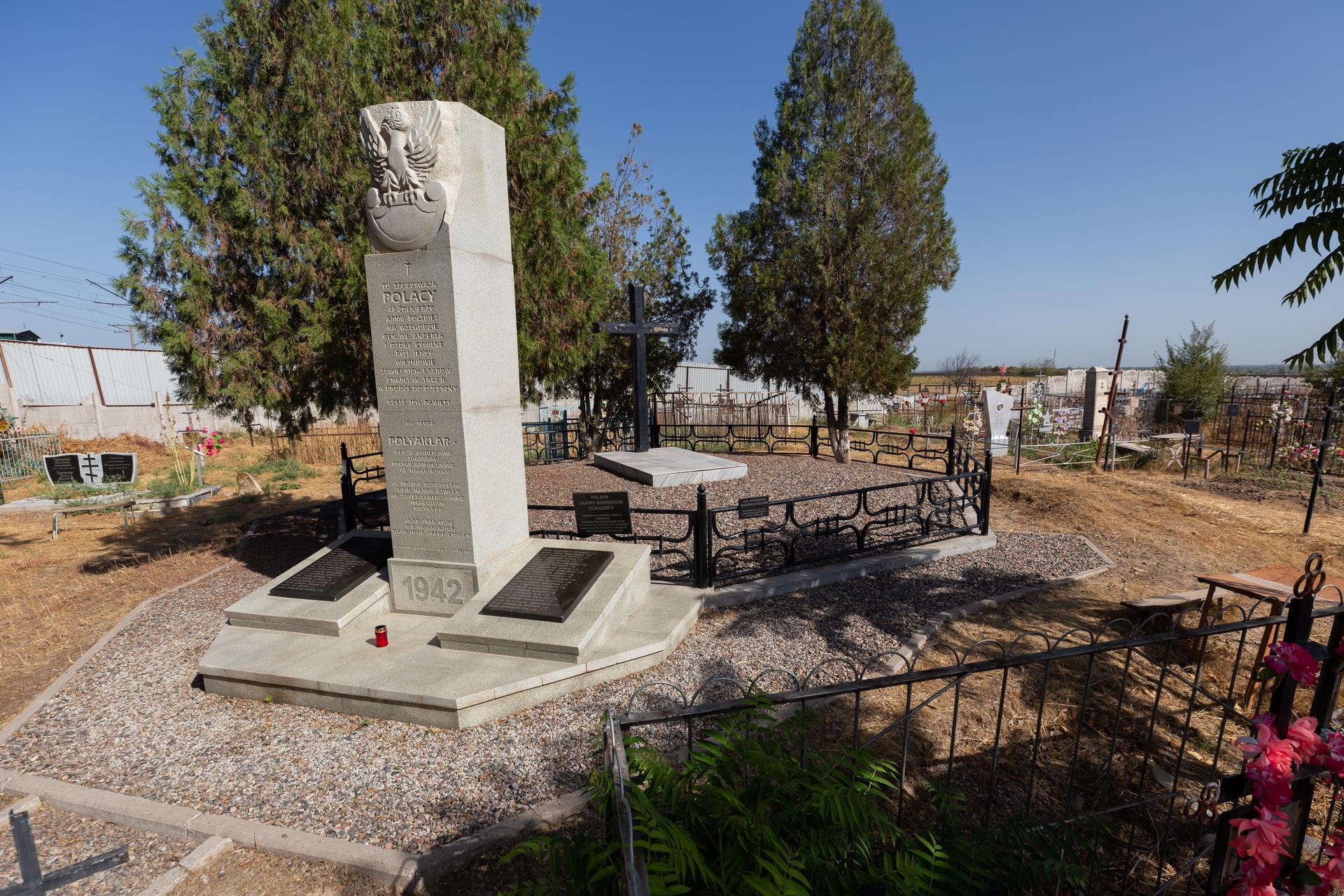

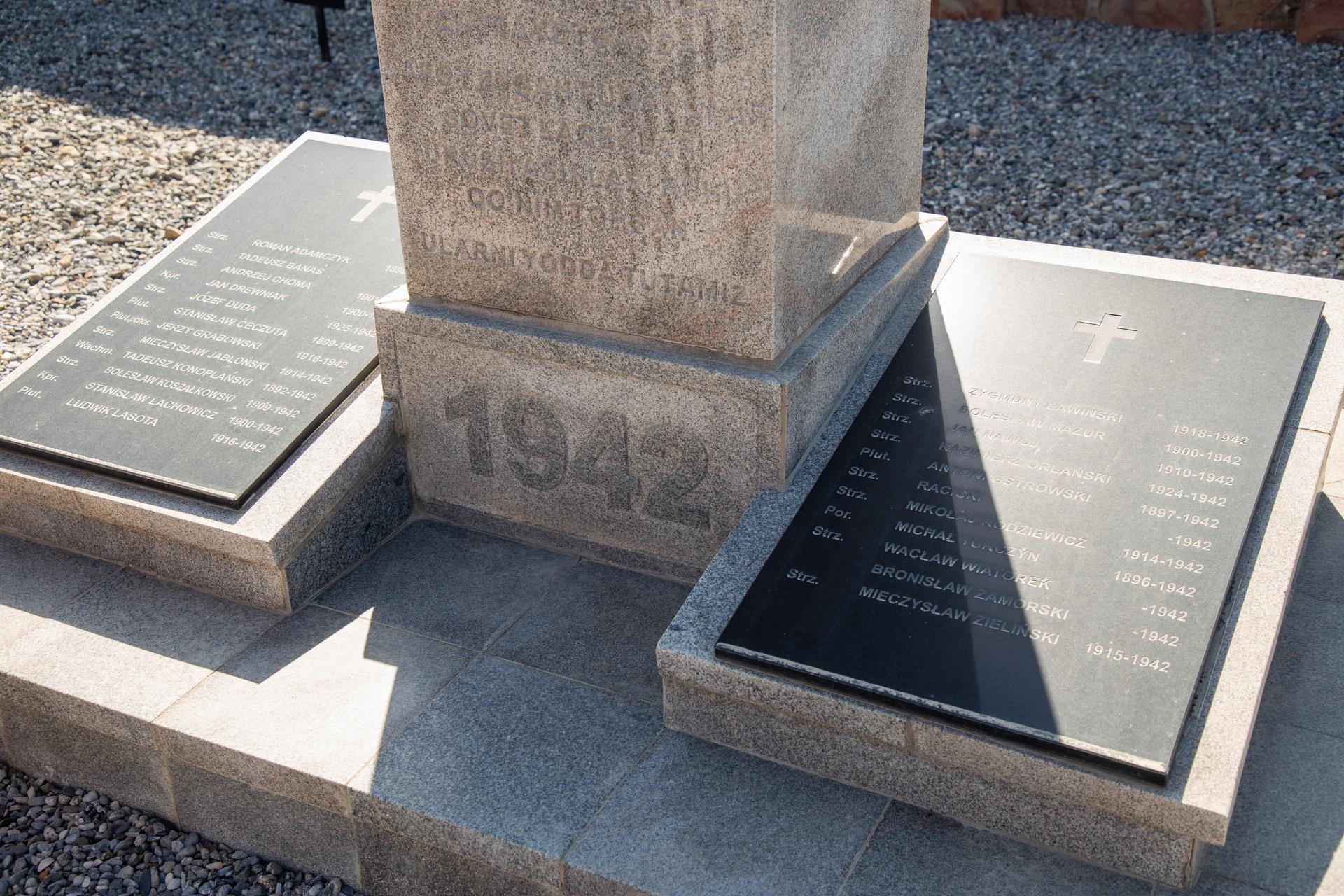
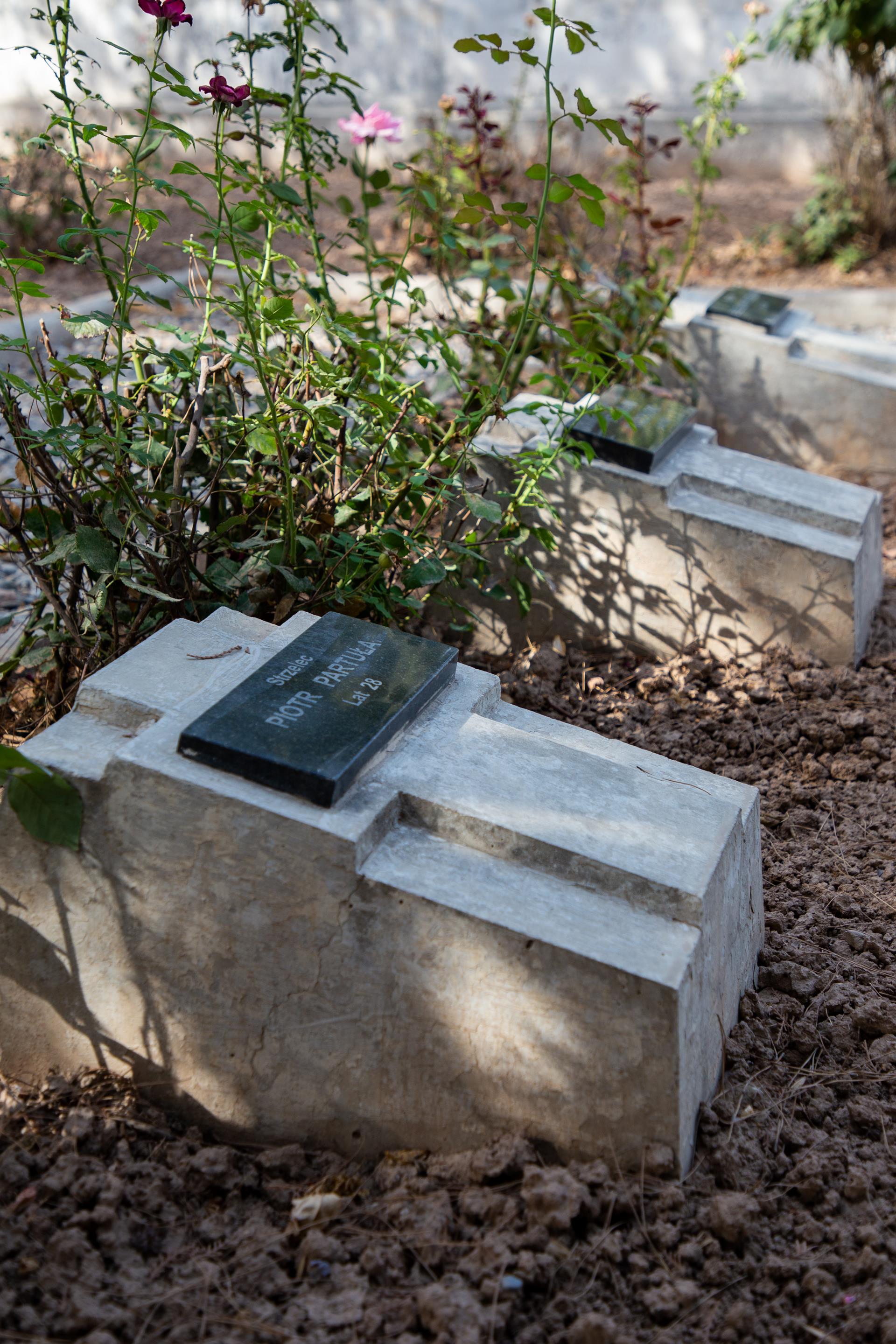
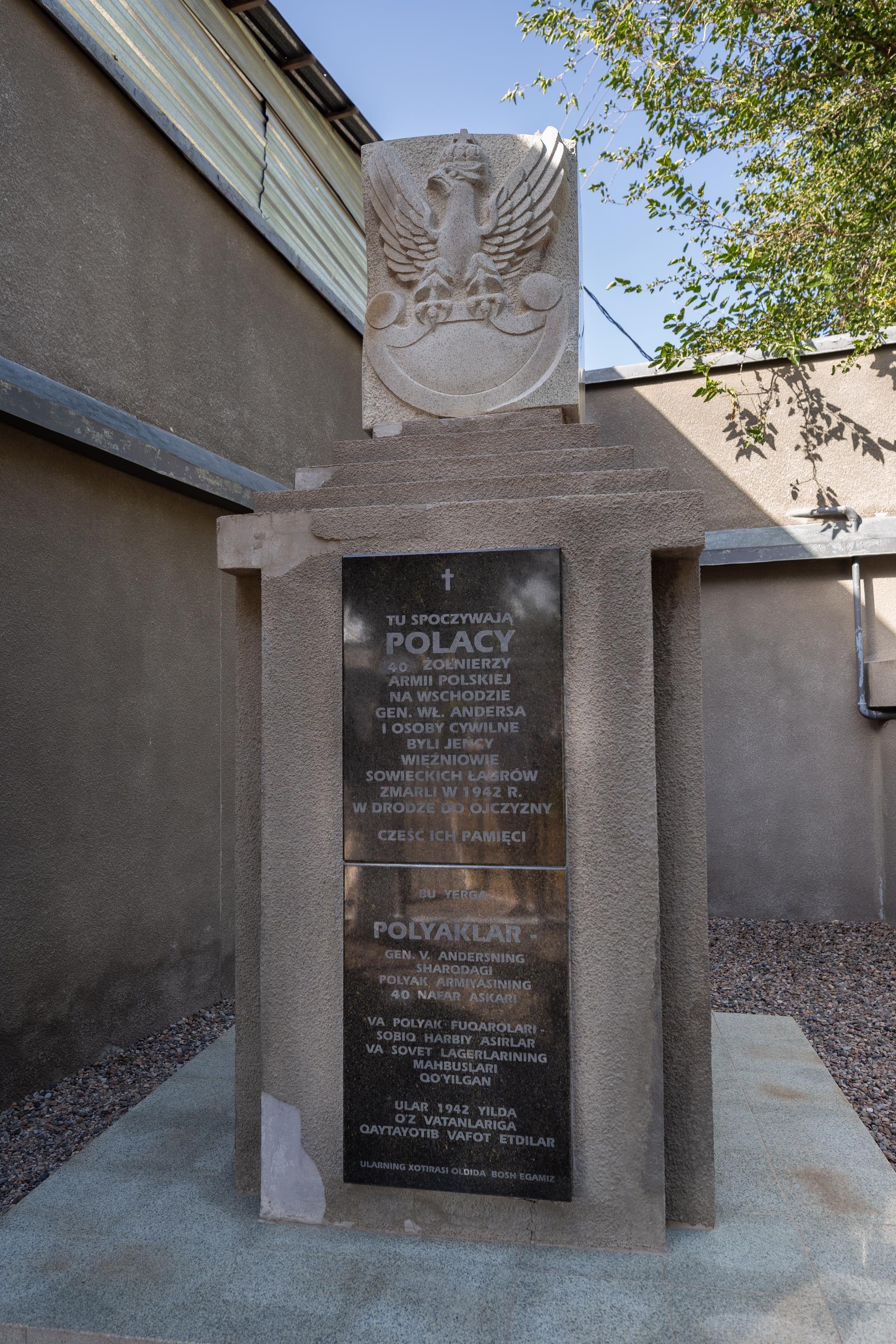

tel.: +48 58 323 75 20
e-mail: sekretariat@muzeum1939.pl

tel.: + 48 85 672 36 01
e-mail: sekretariat@sybir.bialystok.pl

tel.: +998 78 120 86 51
